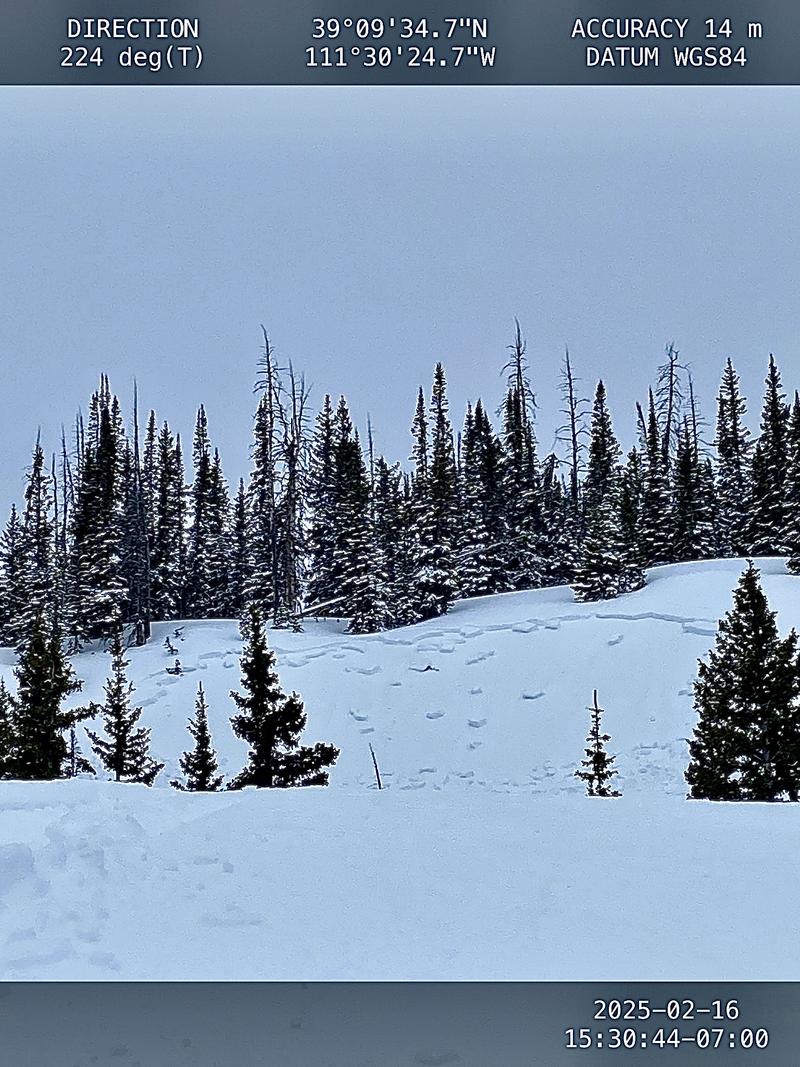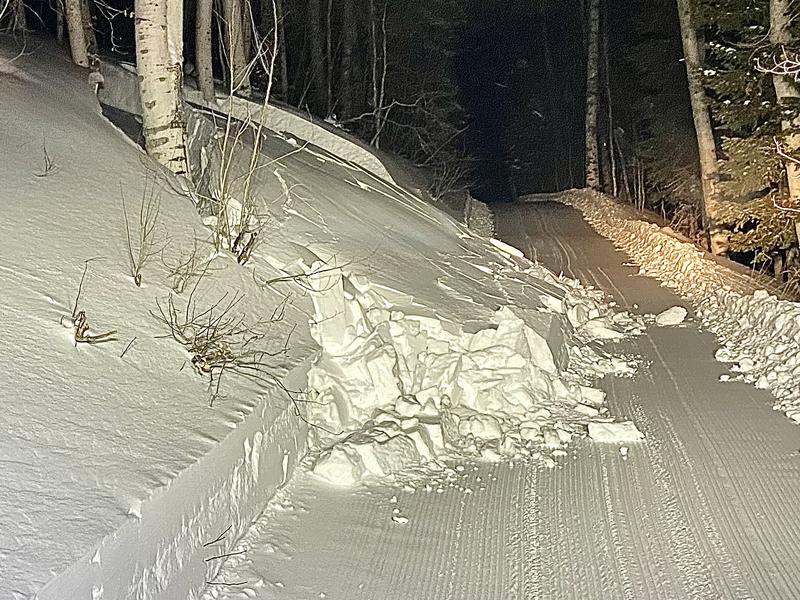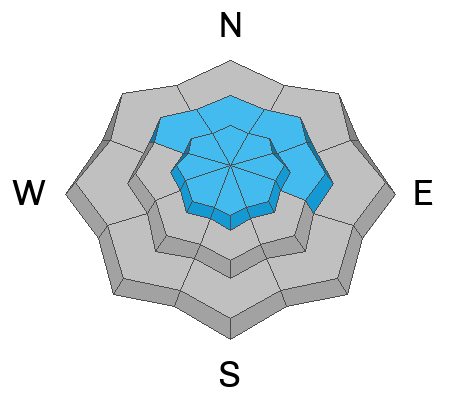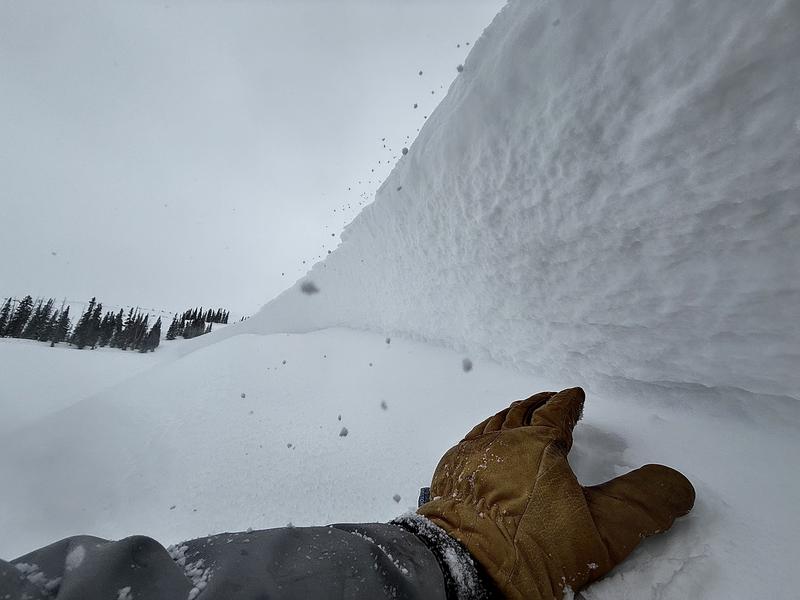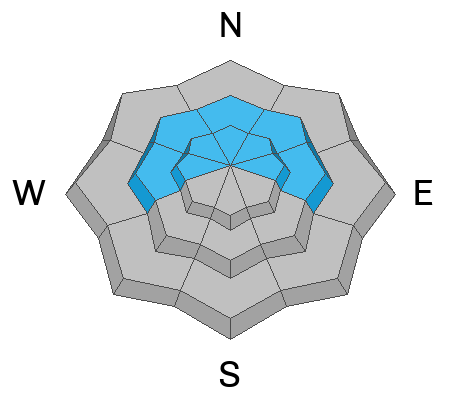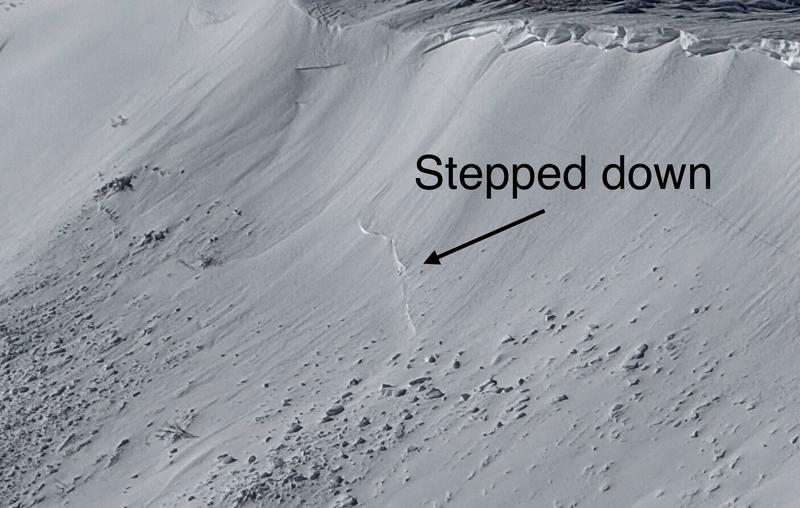Forecast for the Skyline Area Mountains

Issued by Brett Kobernik on
Monday morning, February 17, 2025
Monday morning, February 17, 2025
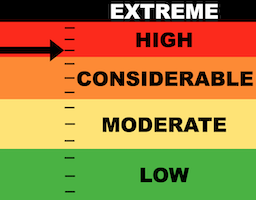
The avalanche danger on the Skyline is HIGH today.
Avalanches are breaking both within the newer snow as well as deeper into loose sugary facets.
Natural avalanches are not expected but human triggered avalanches are very likely.
Continue to avoid all steep wind loaded slopes, especially those slopes facing northeast, east and southeast.
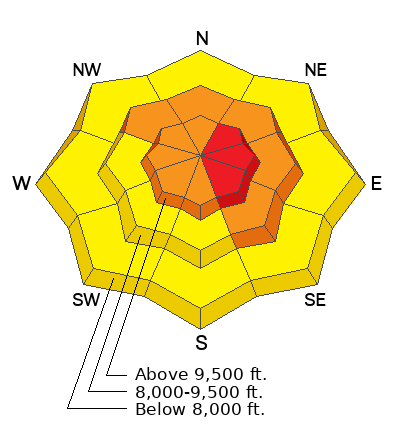
Low
Moderate
Considerable
High
Extreme
Learn how to read the forecast here


